博文
延长寿命基因作用大于低温
 精选
精选
|||
延长寿命基因作用大于低温
诸平
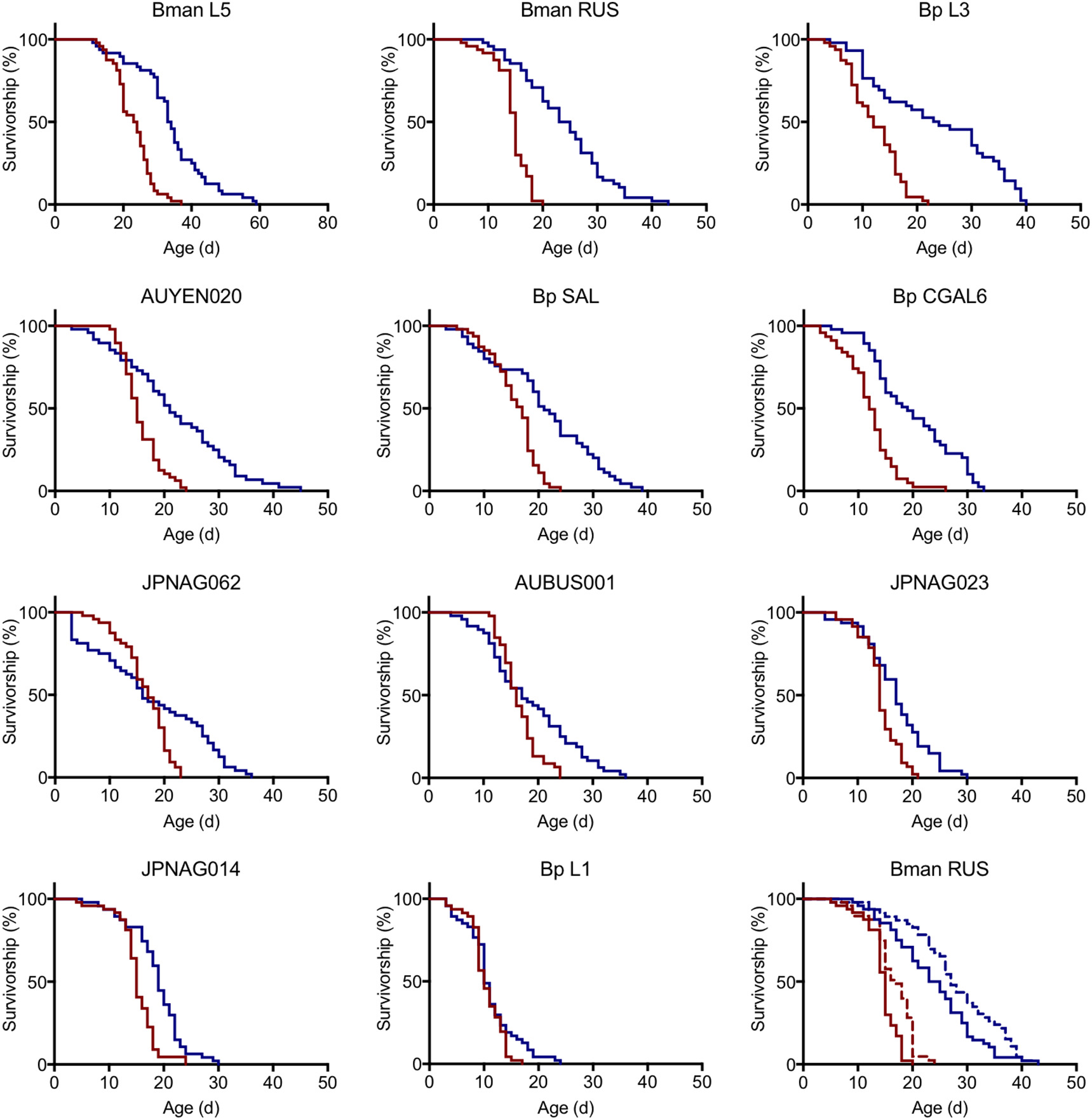
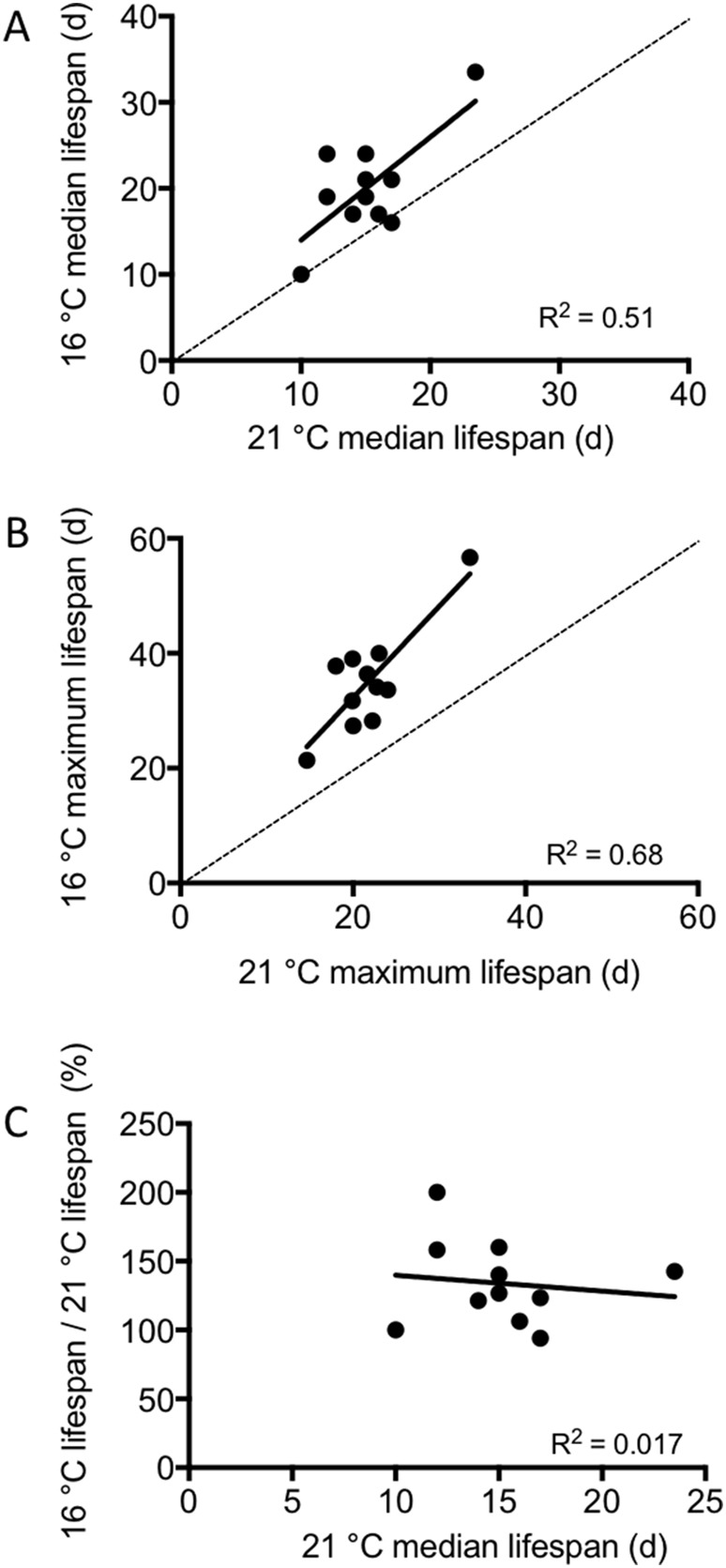
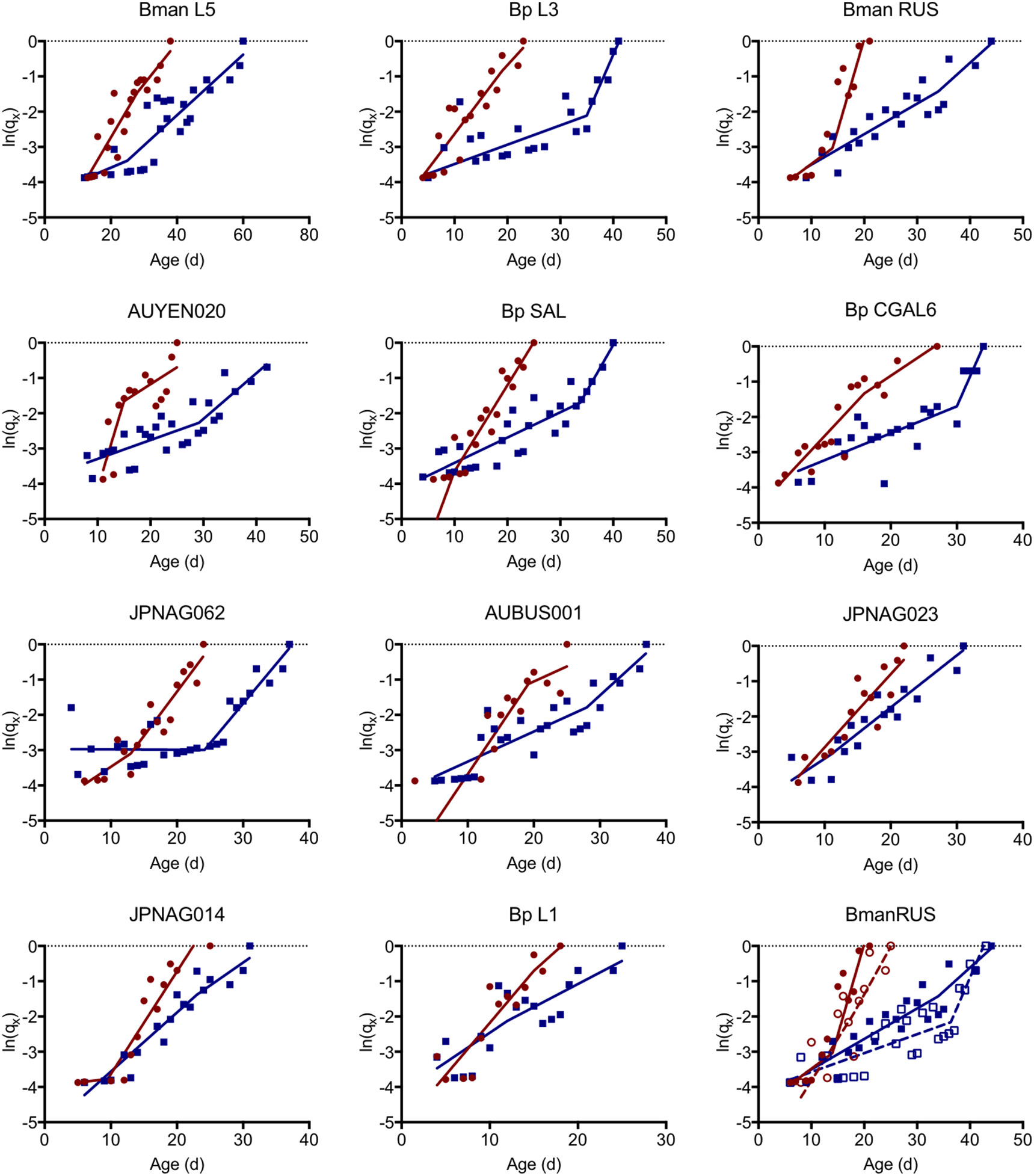
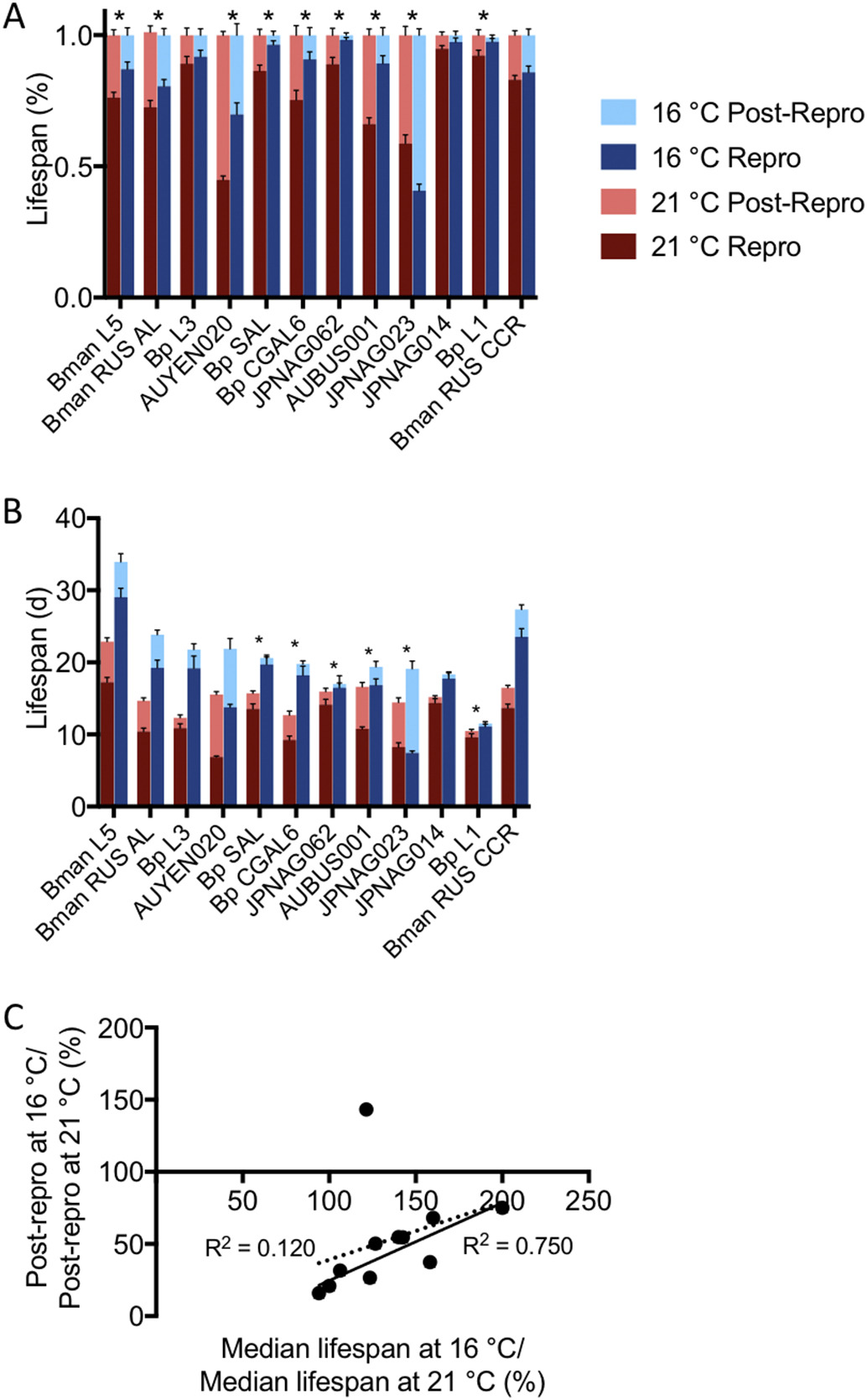
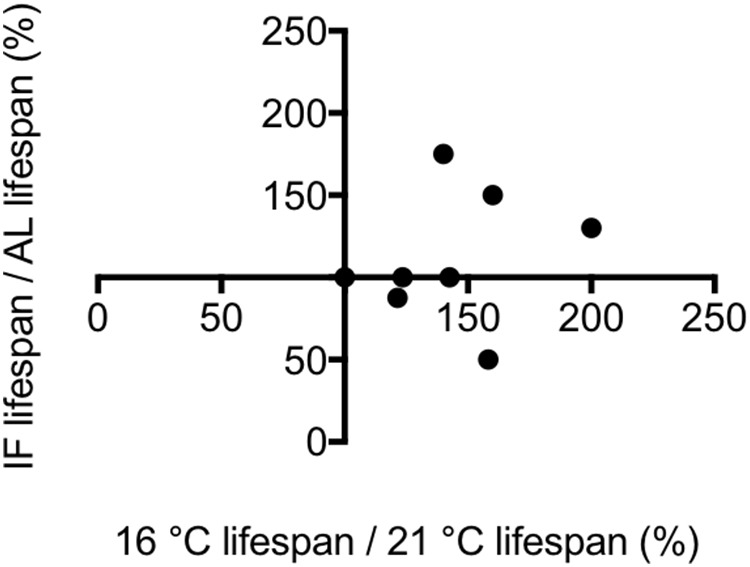
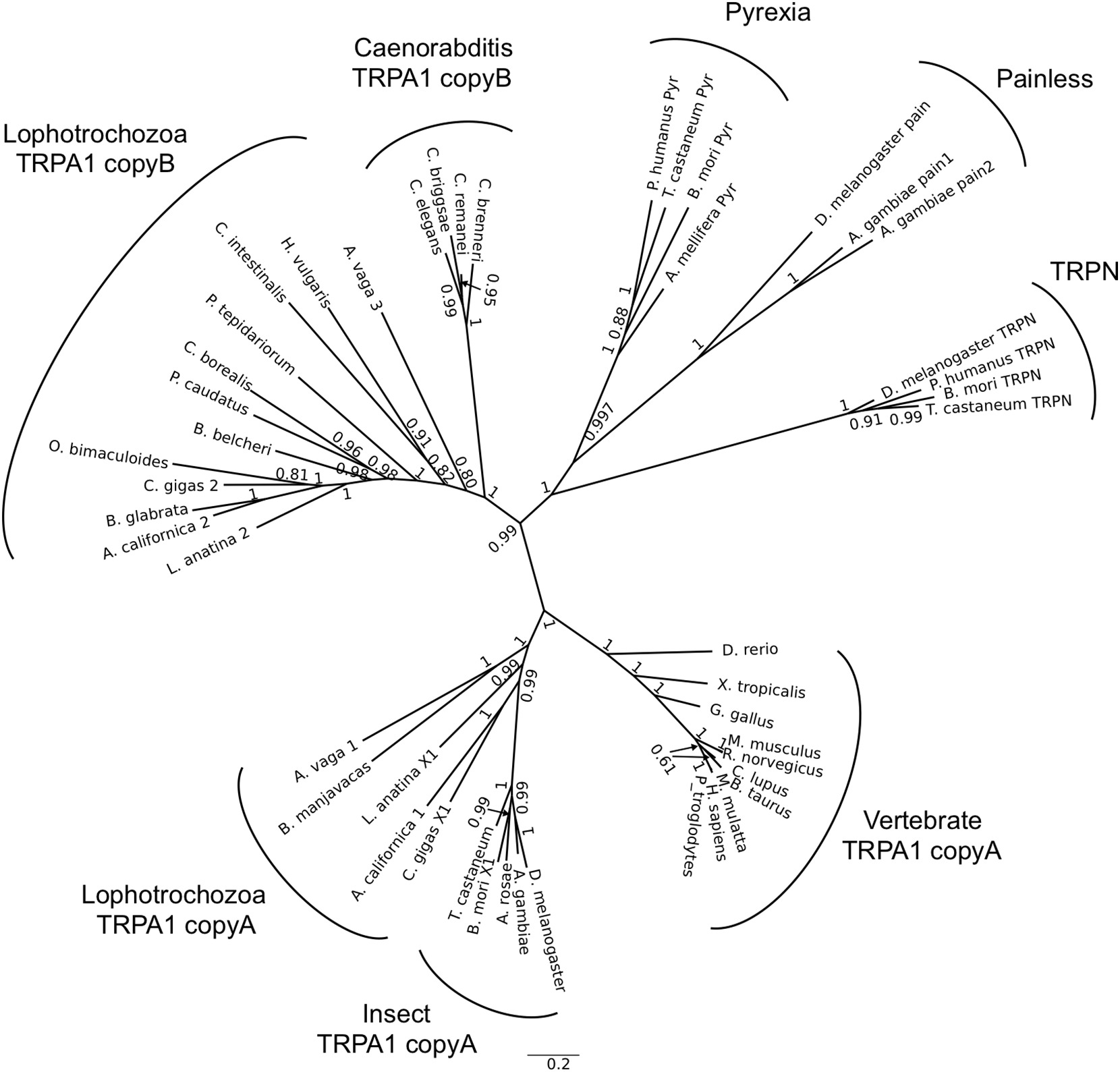
据美国伍兹·霍尔海洋生物实验室约瑟芬·贝·保罗比较分子生物学和进化中心(Josephine Bay Paul Center for Comparative Molecular Biology and Evolution, Marine Biological Laboratory, Woods Hole, MA 02543, USA)2018年12月11日提供的消息,寿命延长即使在低温下,也与基因控制的有密切关系。
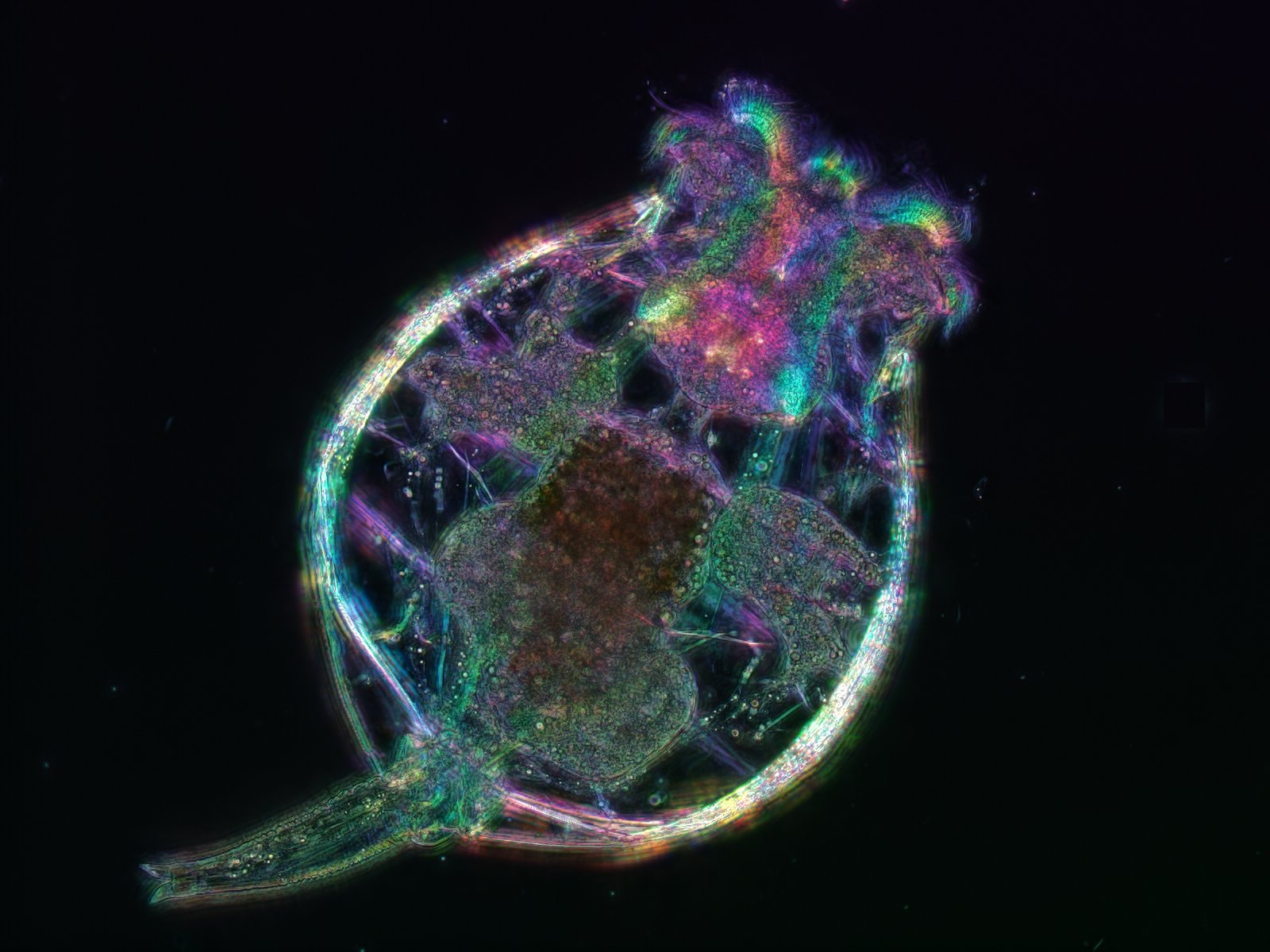
Fig. 1 Female rotifer (Brachionus), a model system for aging research. Credit: Michael Shribak and Kristin Gribble
为什么我们会衰老?尽管长生不老的仙丹和青春永驻的神药研究历史悠久,而且目前保健品已经形成了一个巨大的产业。但是,究竟是什么原因导致人的细胞和器官随着年龄的增长在不断恶化,迄今仍然是个未知之谜。
一个已知的影响因素就是温度:很多动物物种在较低的温度条件下要比在更高的温度条件下寿命更长久。因此,“有人坚信相信, 如果能够每天洗冷水澡会延长寿命,”美国海洋生物实验室(MBL)的科学家Kristin Gribble说。但Kristin Gribble实验室的一项研究表明,延长寿命并非仅仅是调低恒温器的问题。相反,温度影响寿命的程度更重要的是取决于一个人的基因。Kristin Gribble等人的研究发表在《实验老人学》(Experimental Gerentology)杂志网站——Kristin E. Gribble, Benjamin M. Moran, Shannon Jones, Emily L. Corey, David B. Mark Welch. Congeneric variability in lifespan extension and onset of senescence suggest active regulation of aging in response to low temperature, Experimental Gerontology,2018, Volume 114, December 2018, Pages 99-106. DOI: 10.1016/j.exger.2018.10.023
aging in response to low temperature.pdf
Kristin Gribble等人他们是以一种小动物轮虫(rotifer)作为研究对象,这种轮虫已经被应用于衰老研究有上百年之久了。Kristin Gribble的研究团队将11种在遗传学上截然不同的臂尾轮虫(Brachionus rotifers)暴露于低温环境,如果寿命延长的机制假说纯粹是一个热力学响应,所有不同种类的轮虫都应该有类似的寿命增加。然而,实验结果并非如此,平均寿命增加范围从6%到100%不等。不仅如此,研究者还观察到死亡率的差异。
Kristin Gribble等人的研究澄清了在衰老自由基理论中温度的作用,自20世纪50年代以来衰老的自由基理论就一直主导该领域。该理论提出,动物衰老由于活性氧(reactive oxidative species, ROS)对细胞损伤的积累效应, ROS是由正常的代谢过程中形成的氧的一种形式。Kristin Gribble说:“一般情况下,自由基理论认为,如果一个生物体暴露在较低温度条件下,其代谢率就会降低,并减缓了活性氧的释放,减缓对于细胞的损伤,最终导致延缓衰老和延长寿命。”
然而,Kristin Gribble等人的研究结果表明,低温下寿命的变化可能是由特定基因控制的。因此,研究者认为:“这意味着我们应对衰老疗法的策略需要更多关注遗传变异性,当我们试图将某些治疗应用于人体时,其重要性是不言而喻的。”
赵克勤博主补充:这说明延缓衰老需要2个条件,一是机体要处在较低温度条件下,二是要有长寿的遗传基因。换言之,前者是外因,后者是内因,延缓衰老和延长寿命需要内外结合。但科学需要研究遗传变异性。
更多信息敬请注意浏览原文或者相关报道。
Abstract
Lifespan extension under low temperature is well conserved across both endothermic and exothermic taxa, but the mechanism underlying this change in aging is poorly understood. Low temperature is thought to decrease metabolic rate, thus slowing the accumulation of cellular damage from reactive oxygen species, although recent evidence suggests involvement of specific cold-sensing biochemical pathways. We tested the effect of low temperature on aging in 11 strains of Brachionus rotifers, with the hypothesis that if the mechanism of lifespan extension is purely thermodynamic, all strains should have a similar increase in lifespan. We found differences in change in median lifespan ranging from a 6% decrease to a 100% increase, as well as differences in maximum and relative lifespan extension and in mortality rate. Low temperature delays reproductive senescence in most strains, suggesting an extension of healthspan, even in strains with little to no change in lifespan. The combination of low temperature and caloric restriction in one strain resulted in an additive lifespan increase, indicating these interventions may work via non- or partially-overlapping pathways. The known low temperature sensor TRPA1 is present in the rotifer genome, but chemical TRPA1 agonists did not affect lifespan, suggesting that this gene may be involved in low temperature sensation but not in chemoreception in rotifers. The congeneric variability in response to low temperature suggests that the mechanism of low temperature lifespan extension is an active genetic process rather than a passive thermodynamic one and is dependent upon genotype.
https://blog.sciencenet.cn/blog-212210-1151413.html
上一篇:美巴工程师重建黄蜂毒素作为抗生素药物
下一篇:冬至忆故人